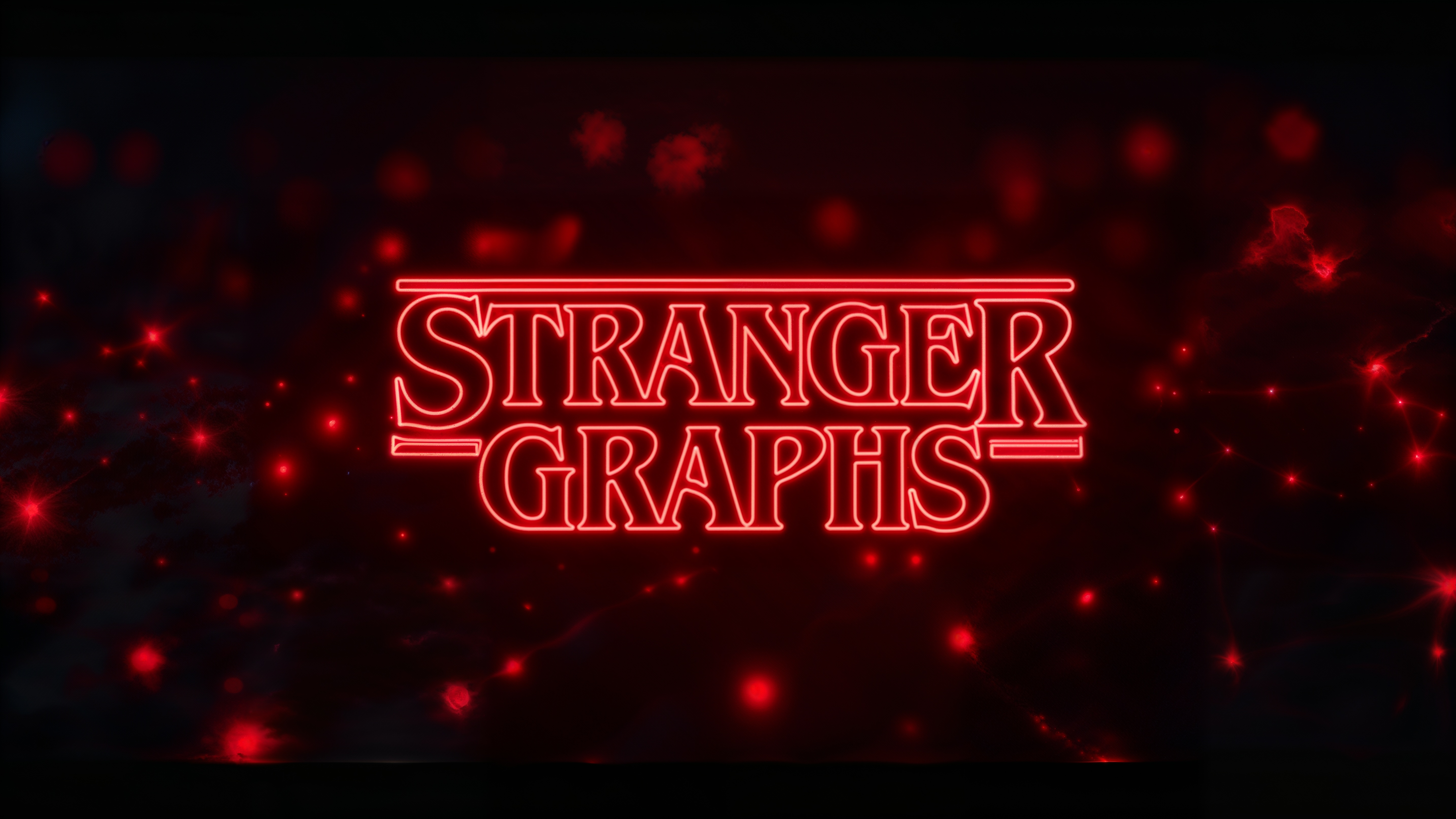HI all.
I am trying to retrieve data from neo4j in a very particular way. It will help to explain the goal.
The goal is to visualize a web of user discussion. When a user first loads up a discussion on the frontend, I want to retrieve all the posts that are related to it up to a certain depth, that is, all parents and children, recursively, up to a certain depth. Then I need to send to the frontend this data, using some datastructure that would maintain the relationships between nodes. This would really simplify my project since i need to be able to switch between visualizing as a graph and also displaying the discussions in a readable format.
I have already looked at these threads but these looked needlessly complex. I really am trying to do something really quite simple I feel. Cypher: returning custom JSON from a graph projection query - #4 by phil.westwell
Here is the cypher query I have right now that produces the right graph visualization in browser:
MATCH p=()-[:REPLY*1..3]-(post)-[:REPLy|*1..3]-()
WHERE post.post_id = $head
RETURN p'
This however, returns individual paths. Will I have to do this "the hard way?" or is there something easier? Am I overthinking it?
Thank you for any help!

